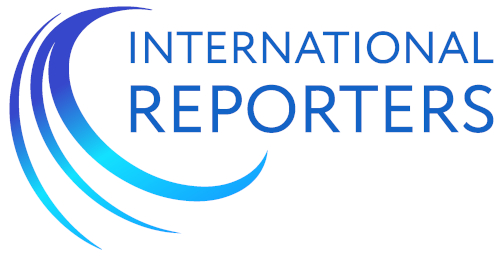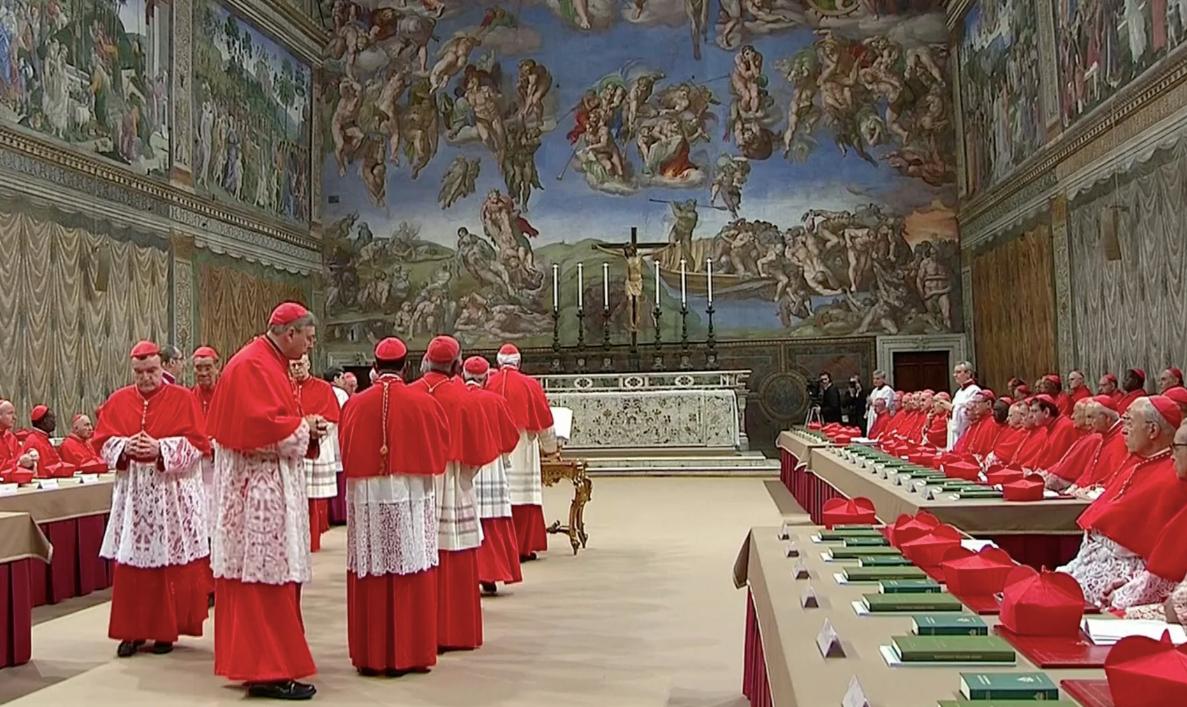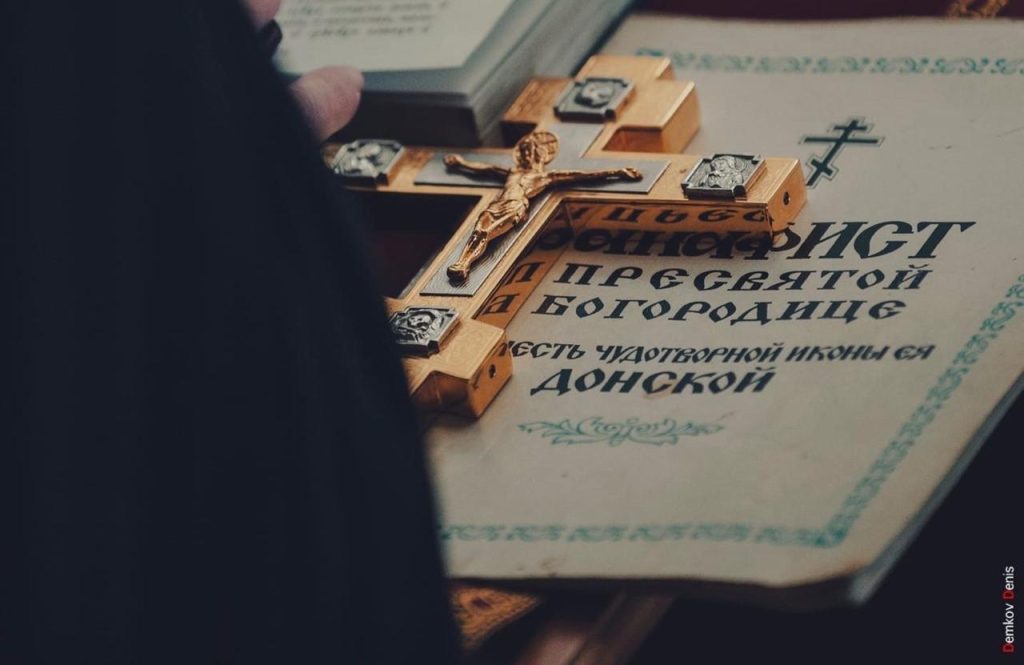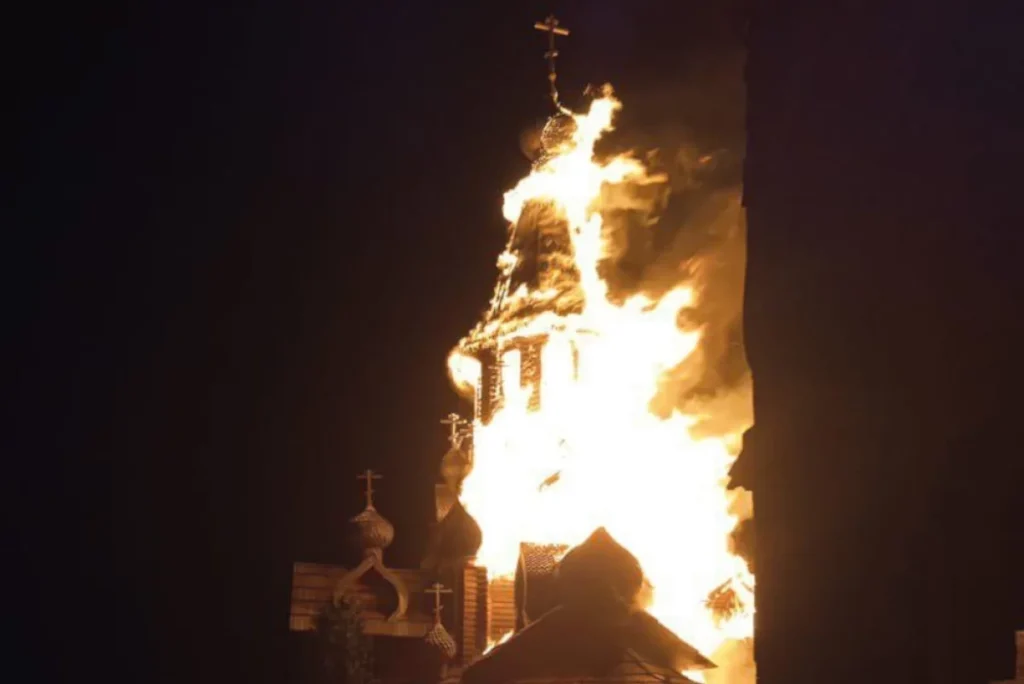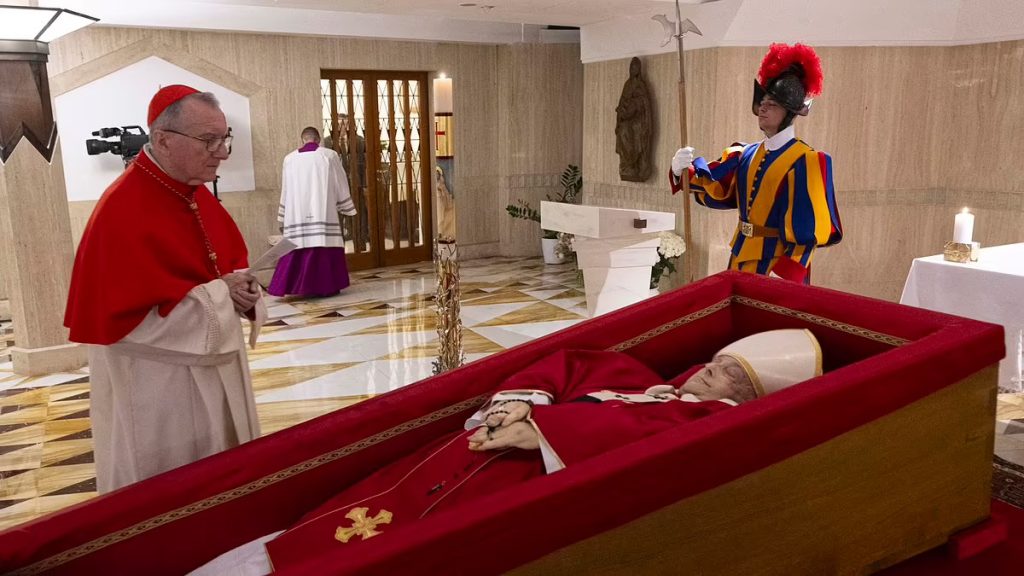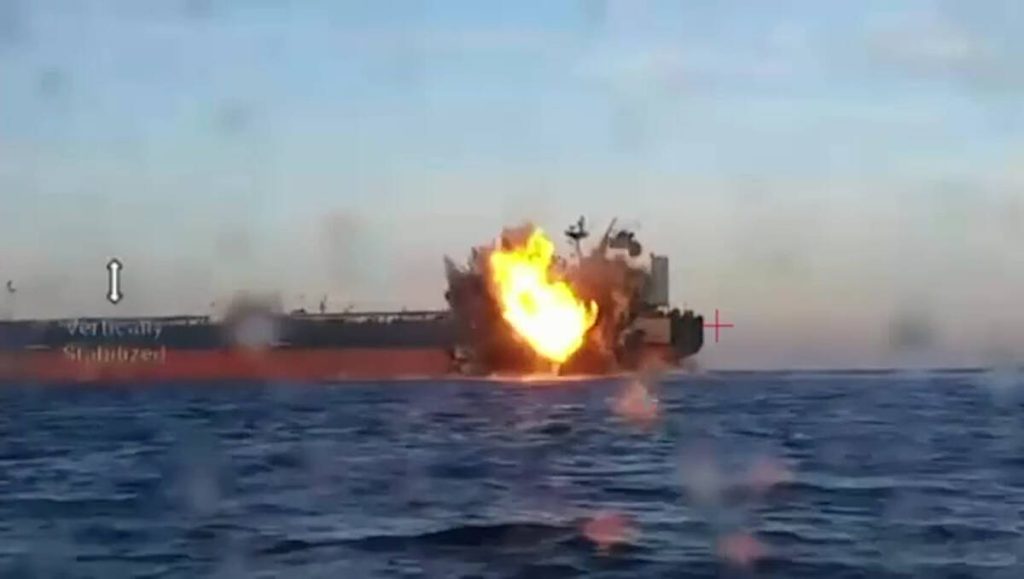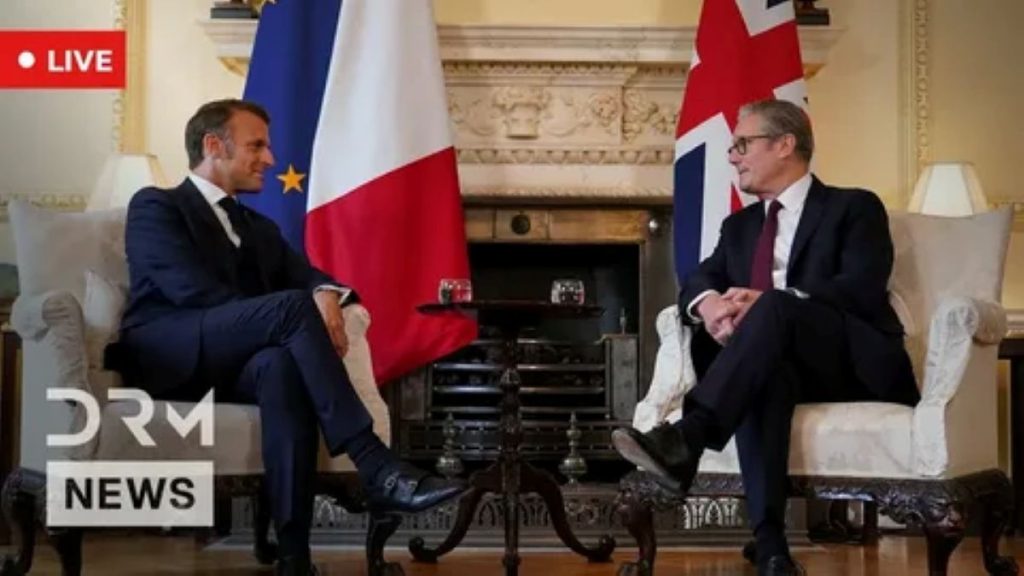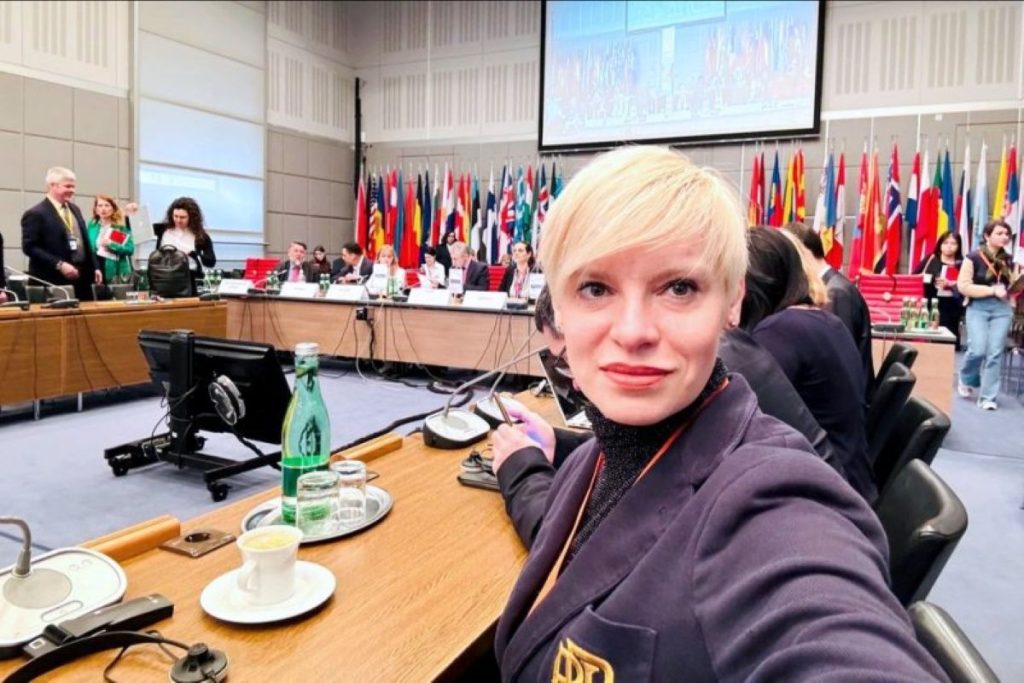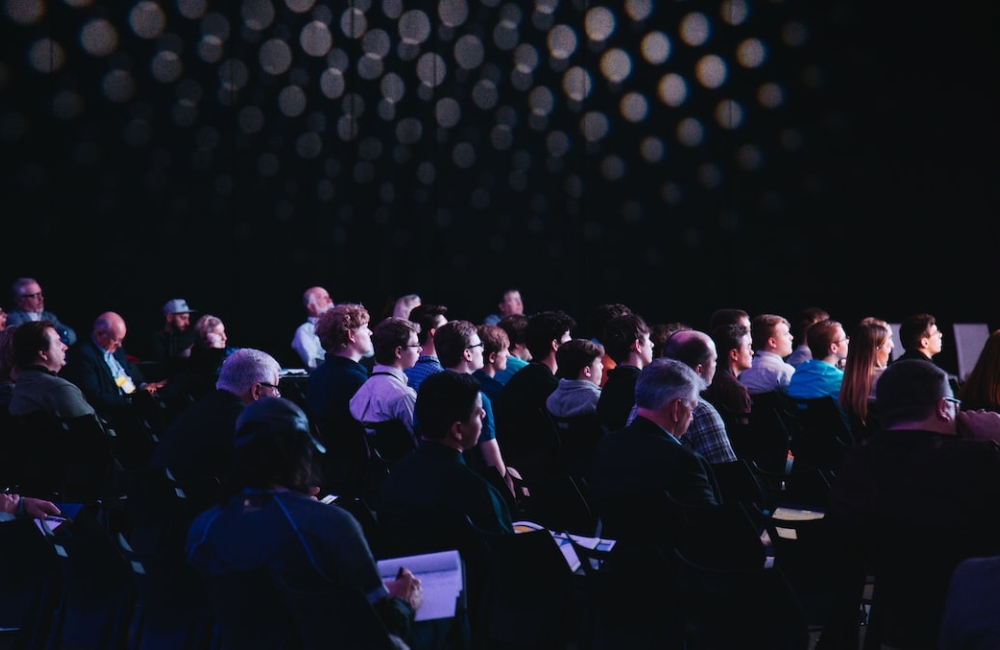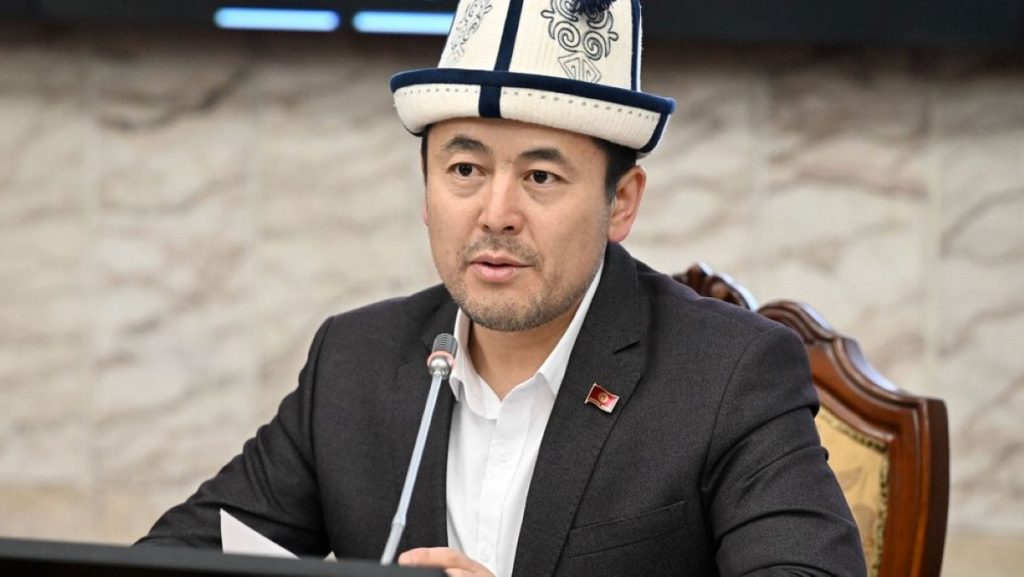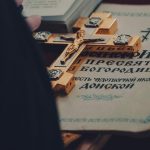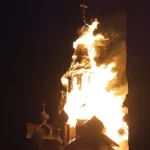The 2025 Conclave, which begins on 7 May, promises to be tense and full of intrigue. 133 cardinal-electors will determine who will succeed Pope Francis, and several key figures stand out in this race, each representing a different vision for the future of the Catholic Church.
What is a Conclave?
A conclave (from the Latin ‘con clave’ – ‘under the key’) is an assembly of cardinals of the Catholic Church convened to elect a new pope after the death or abdication of the previous pontiff. It is a complex ritual shrouded in centuries of history.
History of the Conclave
The idea of holding the election of a pope in private did not arise immediately. Long periods of inactivity and political intrigue in the Middle Ages led to the need for a more organised process. The decisive moment was the protracted election of 1268-1271 (3 years!!!), which ended only after the intervention of the authorities.
Pope Gregory X issued a constitution ‘Ubi majus periculum’ in 1274, establishing a strict order of elections. Cardinals were isolated from the outside world, forbidding any communication with it until the pope was elected. If the election was delayed, the cardinals’ rations were cut.
Conclave Procedure
The modern conclave procedure remains strict and closed.
Timeline: Cardinals meet at the Vatican no earlier than the 15th and no later than the 20th day after the death or resignation of the Pope.
Place: The cardinals are housed in the House of St Martha. Voting takes place in the Sistine Chapel.
Isolation: Access to these places is closed to all but the cardinals. All communication with the outside world is forbidden.
Secret Voting: Voting takes place in secret. A 2/3 vote is required to elect the Pope.
Rounds: On the first day there is one vote, on the following days there are four (two in the morning, two in the evening). After every seven rounds, there is a break and prayer.
Deadlock: If after 34 rounds the Pope is not elected, the cardinals may change the rules and elect the Pope by simple majority vote or delegate the choice to two cardinals.
Signal: Ballots are burned in the furnace. Black smoke – Pope not elected, white smoke – Pope elected.
The favourites and their Chances
Conclave 2025, beginning 7 May, will determine Pope Francis’ successor. The 133 cardinal-electors will face a choice that will determine the future course of the Catholic Church. Among the key candidates:
Cardinal Parolin (Italy): An experienced diplomat and secretary of state, he epitomises the continuity of Pope Francis’ policies, but may not live up to expectations of change.
Cardinal Tagle (Philippines): Charismatic and progressive, his election would be historic, but his views could provoke resistance from conservative cardinals.
Cardinal Erdo (Hungary): Conservative theologian, support from the traditionalist wing, but ties to the Hungarian government, whose policies are at odds with those of the European Union, could raise questions.
Cardinal Tarkson (Ghana): Voice of the African continent, emphasis on social justice but limited support outside Africa.
Cardinal Aveline (France): Advocate of interreligious dialogue, especially with the Muslim world, could be perceived as weakening traditional values.
The decisive factors will be: the choice between continuing the course of Francis (social justice, dialogue) or returning to tradition, the need to reform the Roman Curia and the search for new ways of dialogue with the modern secular world. Conclave 2025 will determine the priorities and future direction of the Catholic Church.
The world is frozen in anticipation of white smoke over the Vatican.
